Ancient stone walls hold more than just memories of battles and brave soldiers. Hidden chambers, secret tunnels, and mysterious artifacts wait behind fortress doors around the world. Many of these incredible discoveries remained buried for centuries until modern explorers finally uncovered their amazing stories.
1. Fort Knox’s Underground Vault System
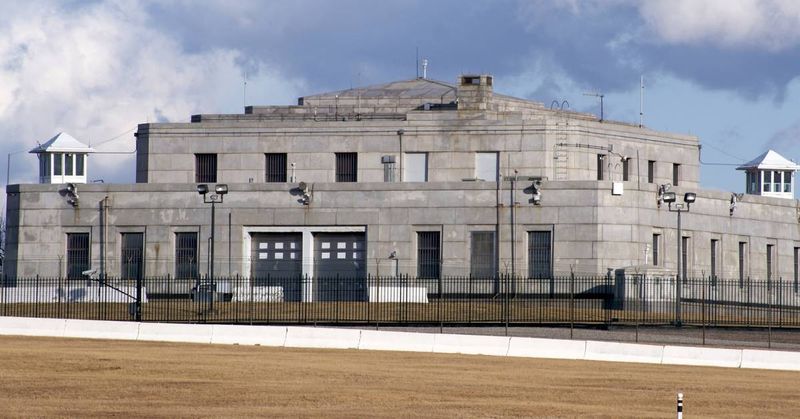
America’s most famous gold repository contains far more than precious metals. Secret tunnels connect multiple underground levels, creating a maze beneath Kentucky’s landscape.
Advanced security systems from the 1930s still operate today, including pressure-sensitive floors and motion detectors. Few people know that the vault once protected the Declaration of Independence during World War II, keeping America’s founding documents safe from enemy attacks.
2. Edinburgh Castle’s Hidden Prisoner Carvings
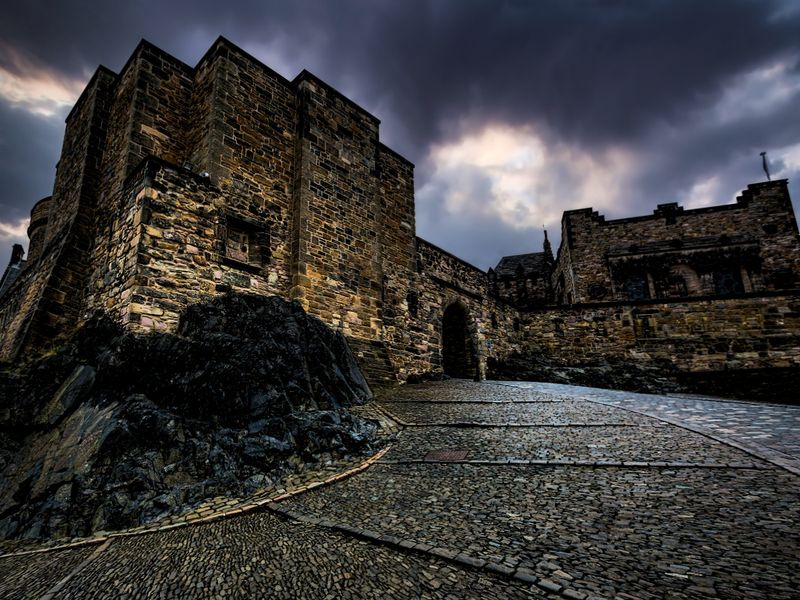
Deep within Scotland’s most famous castle, prisoners carved intricate messages into solid stone walls. These etchings tell stories of hope, despair, and survival from centuries past.
American sailors from the Revolutionary War left detailed ship drawings and patriotic symbols. French soldiers during the Napoleonic Wars created elaborate calendars to track their endless days in captivity, showing remarkable artistic skill despite harsh conditions.
3. Alcatraz’s Secret Tunnel Network
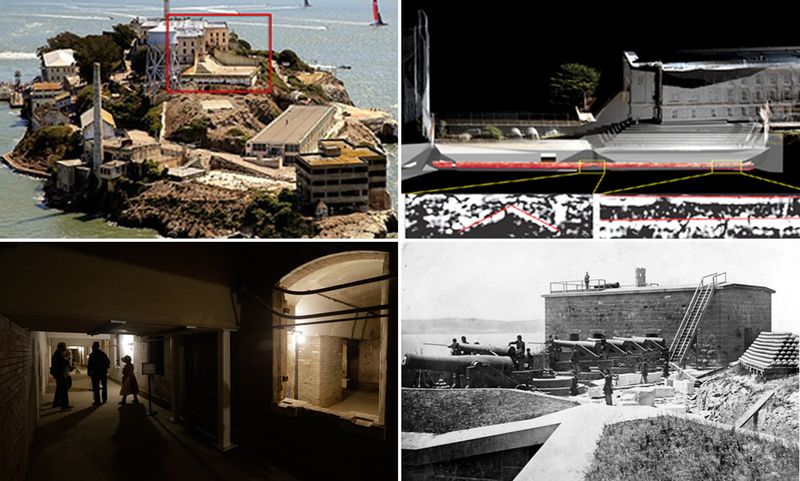
San Francisco’s notorious prison island conceals a complex system of maintenance tunnels beneath the main facility. Guards used these passages to move unseen throughout the compound.
Recent discoveries revealed that some inmates knew about these hidden routes and attempted to use them for escape plans. The tunnels also contained emergency supplies and communication equipment, creating a shadow world beneath the famous prison that housed America’s most dangerous criminals.
4. Tower of London’s Lost Medieval Chambers
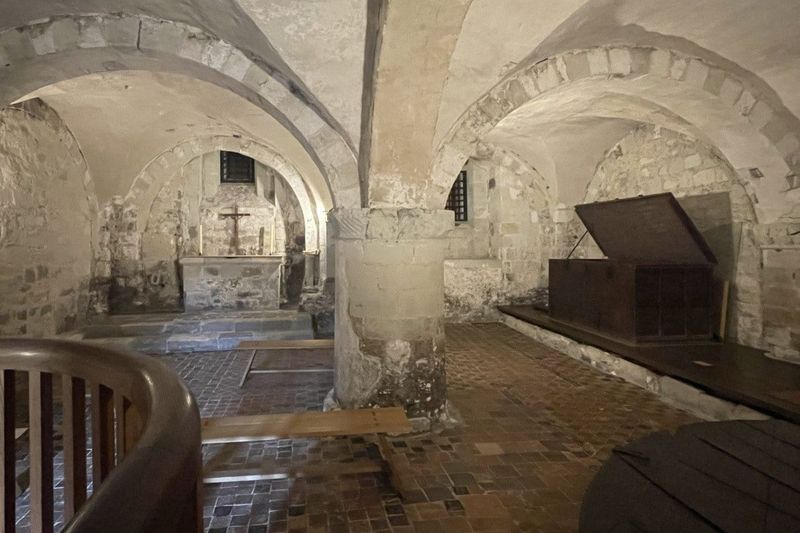
Construction workers recently found sealed rooms within the Tower’s ancient walls, untouched for over 400 years. Medieval artifacts and personal belongings lay exactly where people left them.
One chamber contained a complete set of armor and weapons, suggesting it served as a secret armory. Another room held religious artifacts hidden during England’s Protestant Reformation, when Catholic items became dangerous to possess publicly in the changing political climate.
5. Château de Vincennes’ Royal Escape Route
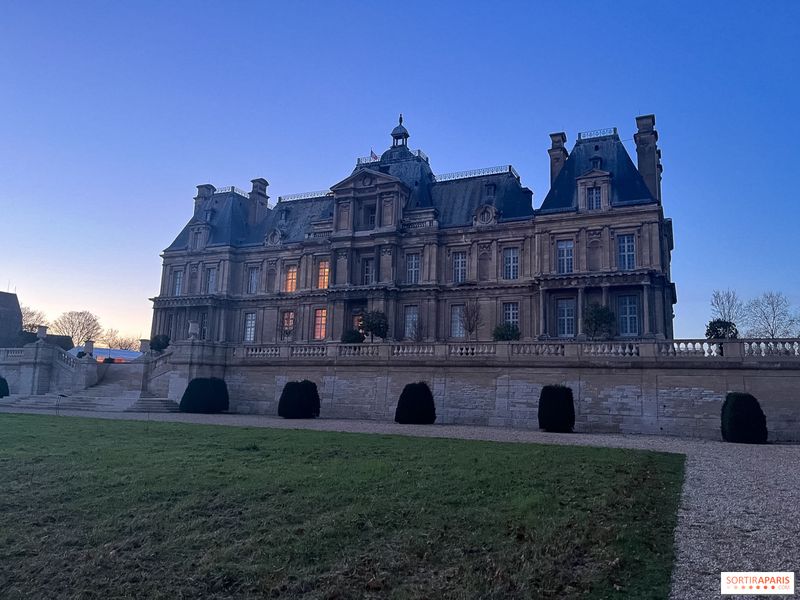
French kings built a secret passage connecting their royal apartments to the castle’s outer walls. This hidden corridor allowed monarchs to flee during uprisings or enemy attacks.
The tunnel stretches nearly half a mile underground, complete with rest stops and supply caches. During the French Revolution, several nobles used this forgotten route to escape execution, though many others never learned of its existence before meeting their fate at the guillotine.
6. Bran Castle’s Hidden Staircase
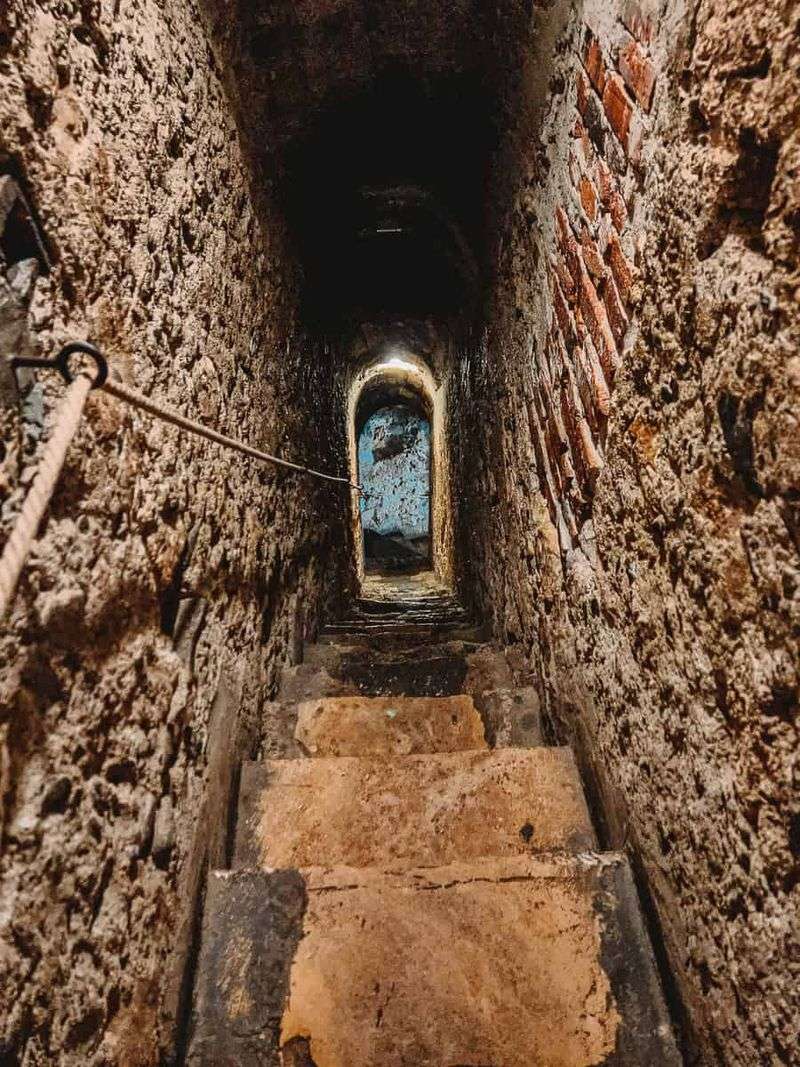
Romania’s famous ‘Dracula’s Castle’ contains a concealed stairway connecting the main hall to underground chambers. Local legends claim vampires used these stairs to avoid sunlight.
Historical records show the passage actually served as a quick escape route for Romanian royalty during Ottoman invasions. The narrow steps wind through thick stone walls, ending at a hidden door that opens into the castle’s courtyard near the main gate.
7. Warwick Castle’s Torture Chamber Discovery
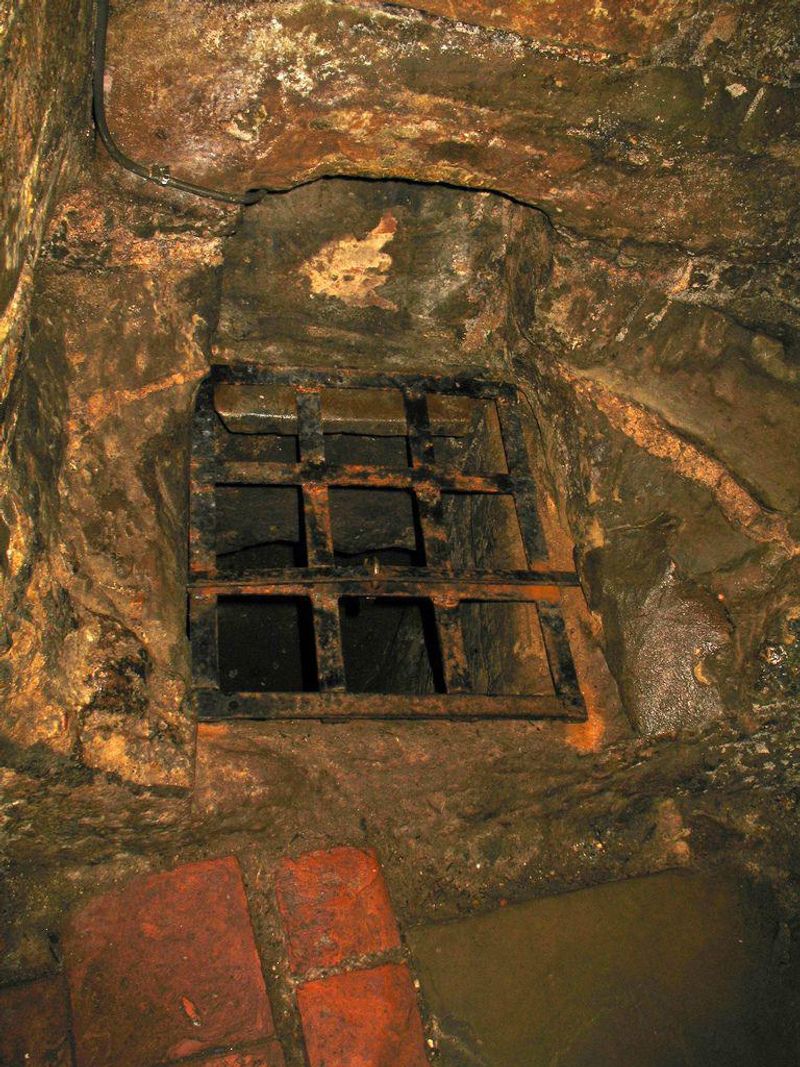
Renovation work in 2019 uncovered a previously unknown dungeon beneath Warwick Castle’s main keep. Medieval torture devices remained in perfect condition after 600 years.
The chamber contained detailed records of prisoner interrogations, written in Latin on parchment scrolls. Iron chains still hung from the walls, and a collection of medieval medical instruments suggested the room served multiple dark purposes during England’s turbulent medieval period.
8. Neuschwanstein’s Secret Observatory
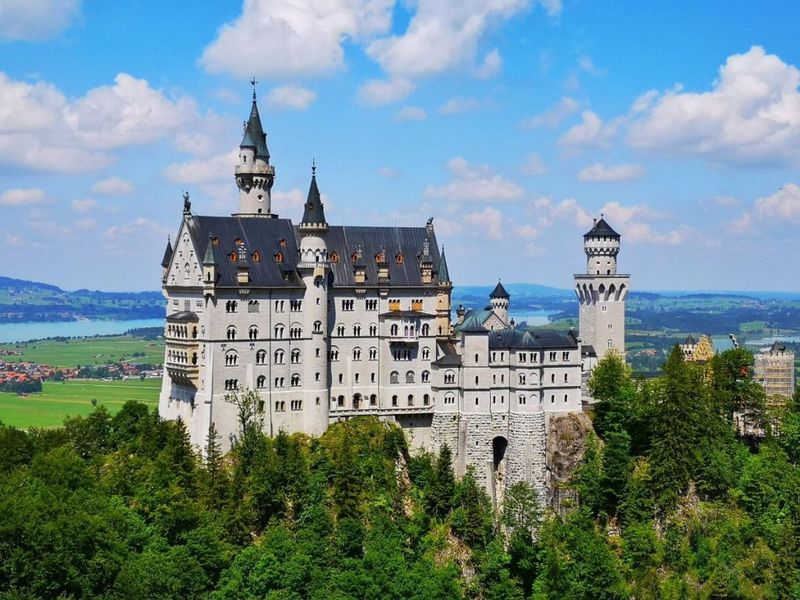
Bavaria’s fairy-tale castle hides a fully equipped 19th-century observatory in its highest tower. King Ludwig II used this private space to study astronomy and escape royal duties.
The room contains original telescopes, star charts, and detailed journals of celestial observations. Hidden behind a bookshelf, this chamber remained sealed until castle restoration work revealed the entrance mechanism, showing the king’s deep interest in science and his desire for solitude away from court life.
9. Malbork Castle’s Underground Granary
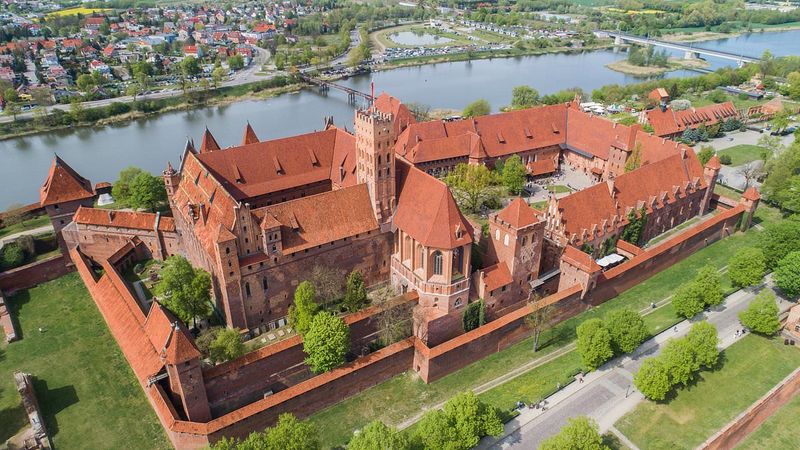
Poland’s massive Teutonic fortress conceals enormous food storage chambers beneath its main courtyard. These underground granaries could feed thousands of soldiers during lengthy sieges.
The rooms feature advanced medieval preservation techniques, including ventilation systems and moisture control methods. Archaeologists found evidence that the granaries remained stocked with grain for decades, allowing the castle’s defenders to outlast most attacking armies during the region’s frequent medieval conflicts.
10. Hohensalzburg’s Secret Armory
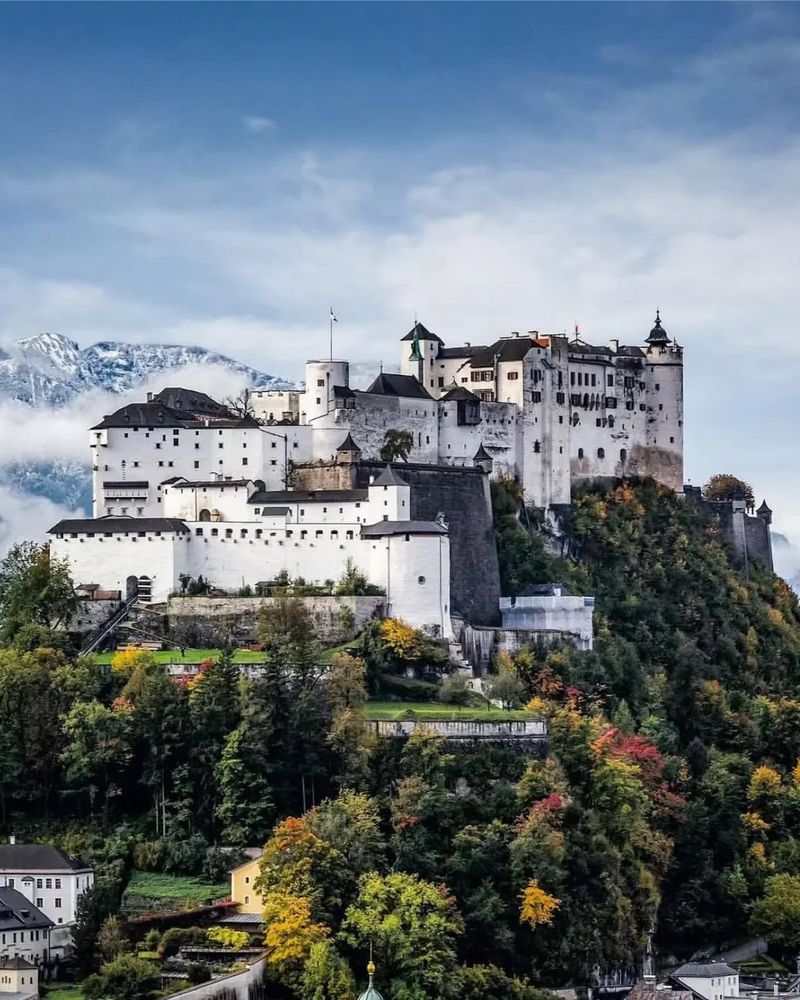
Austria’s mountain fortress contains a hidden weapons cache behind false walls in the main tower. Medieval soldiers stored emergency supplies here during the castle’s 900-year history.
The armory holds crossbows, swords, and early firearms in remarkable condition. A secret entrance requires solving a mechanical puzzle built into the wall stones, demonstrating the advanced engineering skills of medieval craftsmen who designed this ingenious hiding place for times of desperate need.
11. Conwy Castle’s Spy Network Hub
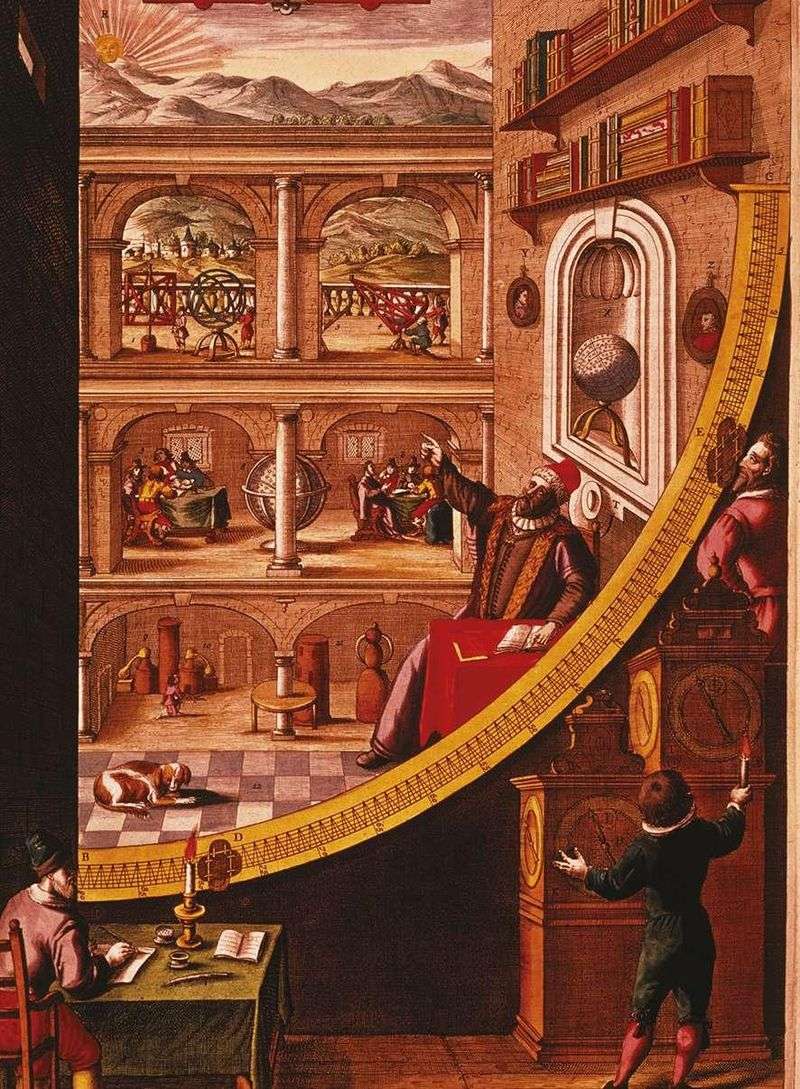
Welsh rebels operated a secret intelligence network from hidden rooms within this English stronghold. Messages traveled through the castle walls using an intricate system of hollow spaces.
Stone carvings concealed coded messages about troop movements and battle plans. The spy network helped coordinate Welsh resistance against English rule, proving that even the most secure fortresses could be compromised from within by determined local populations fighting for independence.
12. Carcassonne’s Hidden Water System
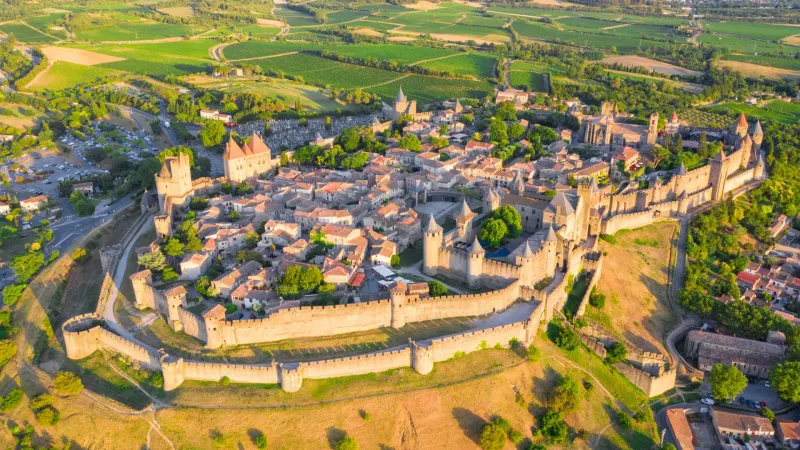
France’s medieval city fortress conceals an underground aqueduct system that supplied fresh water during sieges. Engineers carved channels directly through solid rock foundations.
The system includes multiple backup routes and hidden reservoirs throughout the city walls. During the Albigensian Crusade, this secret water supply allowed defenders to survive months-long sieges while attackers assumed the city would quickly surrender due to thirst, giving Carcassonne a crucial advantage in medieval warfare.
13. Krak des Chevaliers’ Secret Chapel
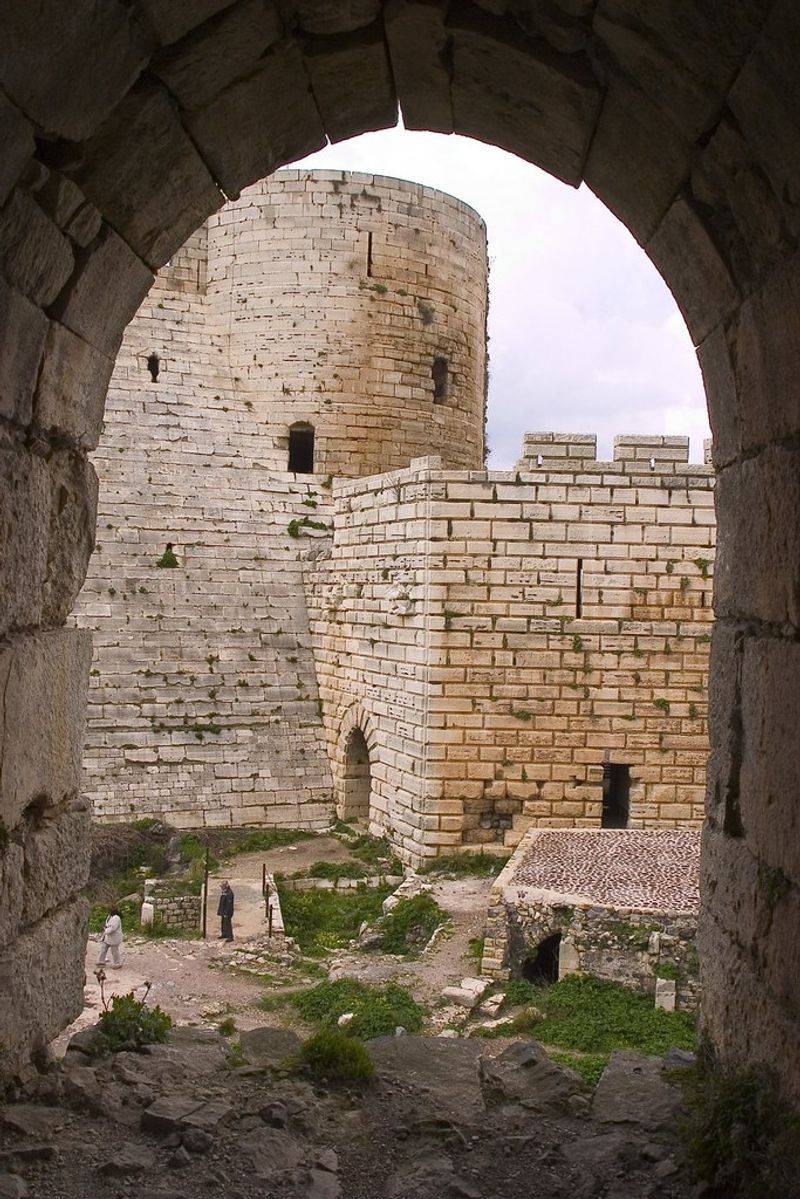
Syria’s famous Crusader castle contains a hidden Christian chapel behind the main mosque that was built after Muslim conquest. Both religious spaces coexisted secretly for centuries.
The chapel preserves original Crusader artwork and religious artifacts, including illuminated manuscripts and golden crucifixes. A concealed entrance allowed Christian servants to continue practicing their faith even under Muslim rule, demonstrating remarkable religious tolerance during a time of supposed holy war.
14. Caerphilly Castle’s Treasure Vault
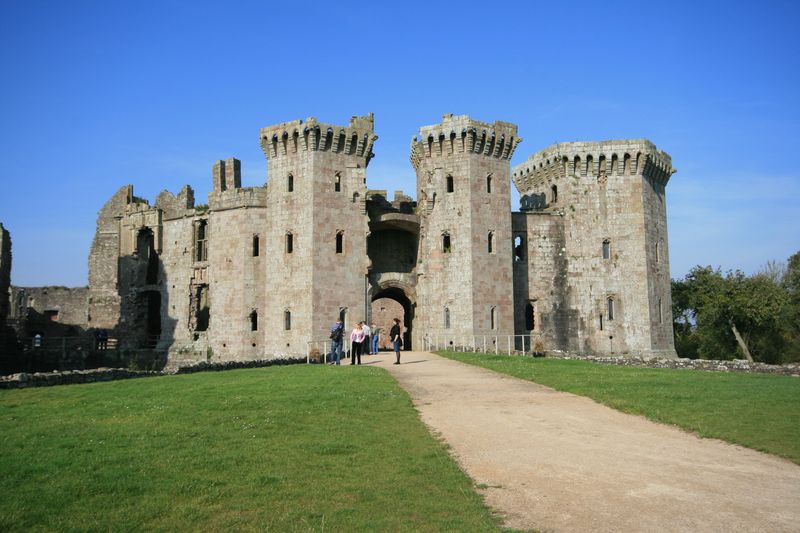
Wales’ largest castle hides a sealed treasure chamber beneath its great hall, discovered only when modern restoration work revealed unusual floor patterns. Medieval coins and jewelry lay untouched for 700 years.
The vault contains detailed inventory lists written in medieval Welsh, cataloging the castle’s wealth during its golden age. Golden goblets, silver plates, and precious gems filled oak chests, representing the enormous wealth of medieval Welsh princes before English conquest.
15. Bodiam Castle’s Secret Dock
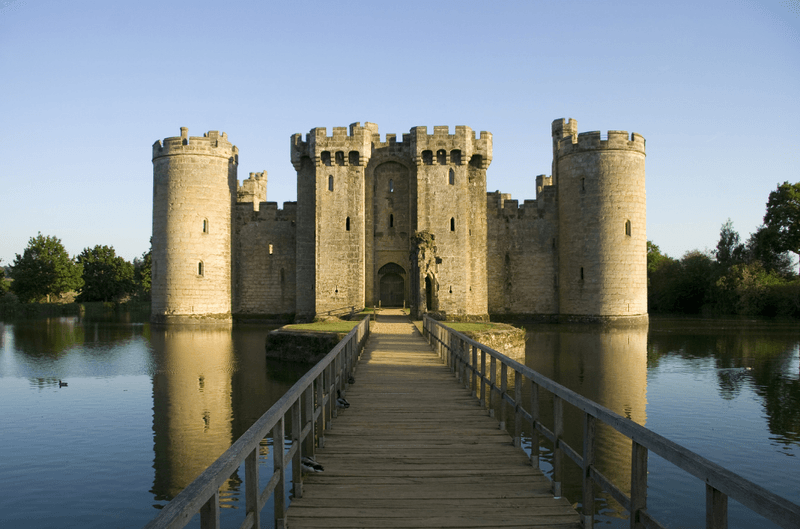
England’s picture-perfect moated castle conceals an underground boat dock beneath its main entrance. Medieval visitors could arrive secretly without crossing the visible drawbridge.
The dock connects to a network of natural caves and artificial tunnels extending beyond the castle’s outer walls. During the Wars of the Roses, this hidden entrance allowed political refugees to seek sanctuary without alerting hostile forces patrolling the surrounding countryside.
16. Château de Chambord’s Mechanical Marvels
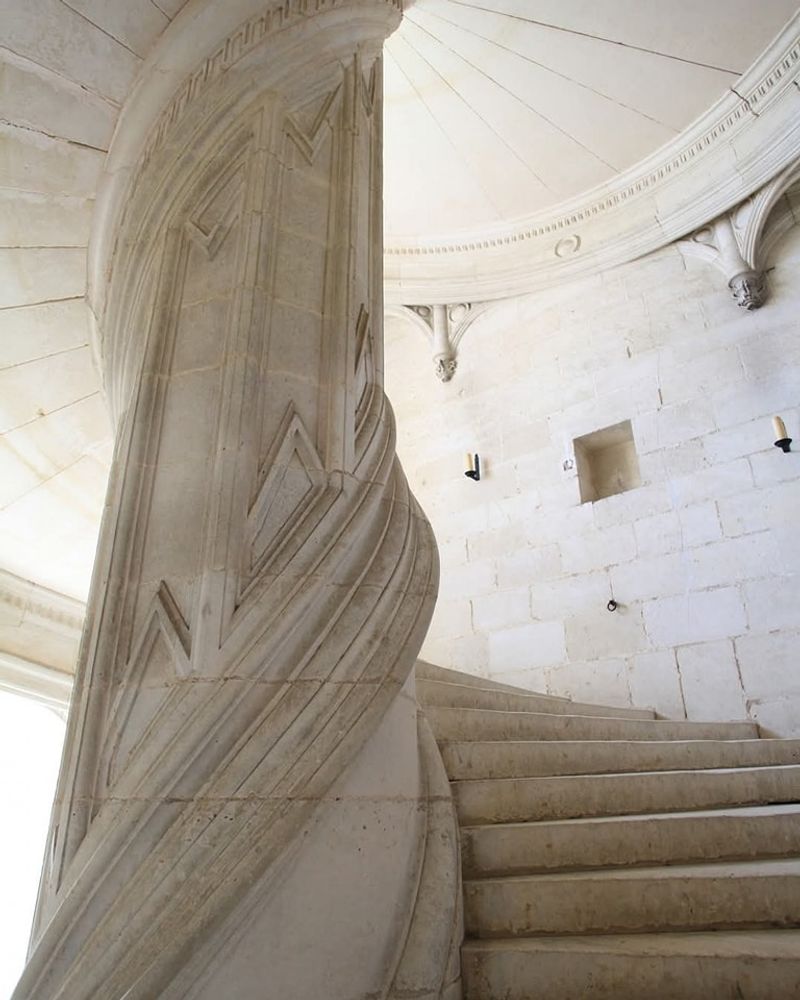
France’s Renaissance masterpiece contains hidden mechanical devices designed by Leonardo da Vinci’s students. Secret panels operate through an intricate system of counterweights and pulleys.
The famous double-helix staircase conceals moving walls that create hidden passages between floors. King Francis I used these mechanical marvels to surprise guests and conduct private meetings, demonstrating the advanced engineering capabilities of Renaissance inventors who transformed medieval fortresses into technological wonders.
17. Stirling Castle’s Royal Birthing Chamber
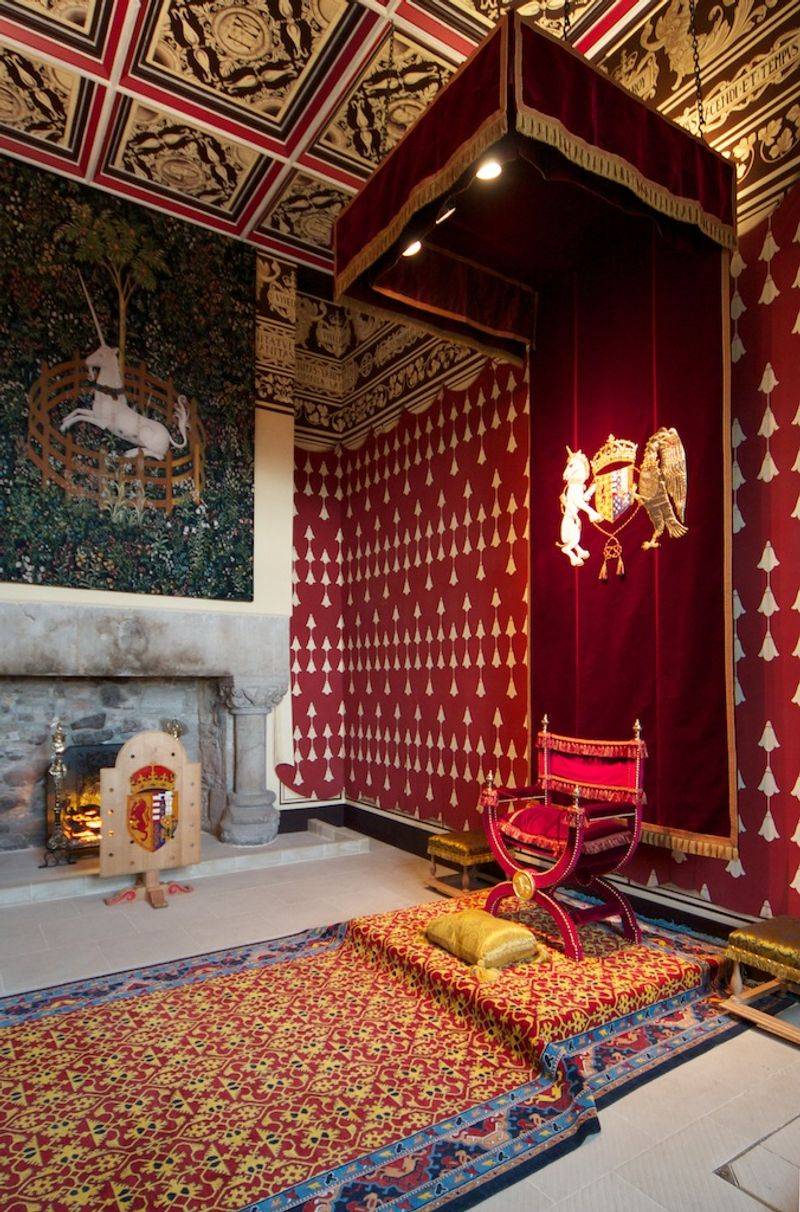
Scotland’s royal fortress conceals a secret room where several Scottish monarchs were born in complete secrecy. The chamber protected royal bloodlines during political upheavals.
Elaborate tapestries and golden furniture created a luxurious environment for royal births, while hidden passages allowed trusted midwives to enter unseen. The room’s existence remained unknown to most courtiers, ensuring that royal pregnancies and births could be kept secret from political enemies and foreign spies.
18. Gravensteen’s Alchemist Laboratory
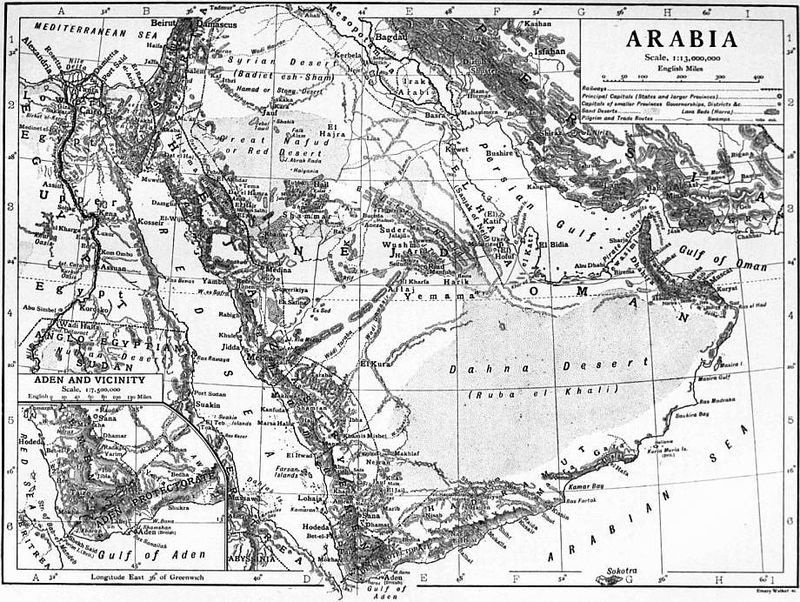
Belgium’s medieval castle contains a hidden laboratory where court alchemists conducted secret experiments. Glass vessels, ancient texts, and mysterious chemical apparatus remained sealed for centuries.
The laboratory includes detailed recipes for creating gold, healing potions, and deadly poisons written in coded Latin. Burn marks on stone tables suggest dangerous experiments, while hidden ventilation systems removed toxic fumes, showing that medieval science was more advanced than most people realize.
19. Eltz Castle’s Family Archive

Germany’s privately-owned fortress conceals a complete family archive spanning 850 years of continuous ownership. Documents reveal secrets about European nobility and political intrigue.
The archive contains marriage contracts, business deals, and political correspondence with emperors and kings. Hidden behind a false wall in the library, these papers survived wars, revolutions, and social upheavals, providing historians with unprecedented insights into medieval and Renaissance European politics and daily aristocratic life.



